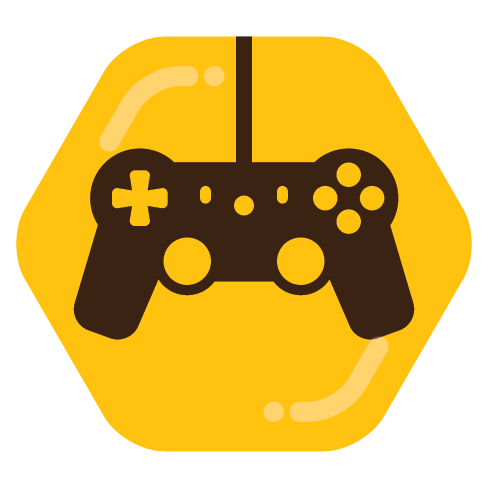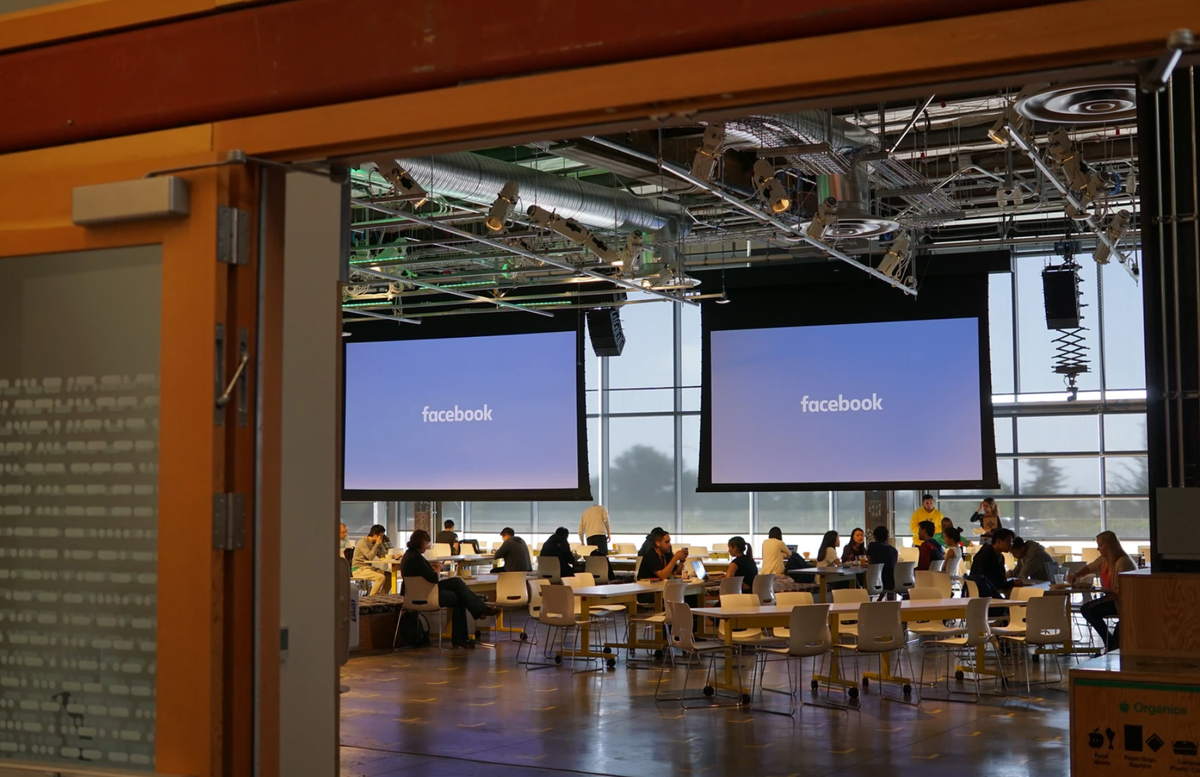
- 10 Posts
- 277 Comments
 1·1 month ago
1·1 month ago
 10·1 month ago
10·1 month agoThis is not a leak, it is just a prediction from some random based on their weird analysis of the market. Pure clickbait.
 0·1 month ago
0·1 month agoAs in, you regularly see the same art? Or you just find the style repetitive?
 0·1 month ago
0·1 month agoI use Muzei, so it’s a different work of art every day.
 51·1 month ago
51·1 month agoAs much as anyone, I get wrapped up in an enthusiast’s mindset, falling prey to aggressive update cycles and phones offering “new” features.
Too many users upgrade who don’t need to, and more extended software support will eliminate people feeling pressured into spending money they don’t have to.
Okay, so it matters…just not to you. But you’ll still write an entire article about how the rest of us should be using our phones for longer. Rules for thee, but not for me?
 1·1 month ago
1·1 month agoPeople have little fears about lots of unlikely scenarios, it’s not that deep.
 15·1 month ago
15·1 month agoI have been waiting for a story like this, it was always a little fear in the back of my mind while using wireless earbuds.
 4·1 month ago
4·1 month agoI thought that Cyrcle phone sounded interesting but it appears to have never actually released. They also just used the normal Android UI so all kinds of stuff gets cut off in the corners of the display. So dumb.
 3·1 month ago
3·1 month agoSometimes I search for important apps like web browsers on the Play Store to see what people are downloading. It’s disturbing how many people scroll past all the mainstream and safe choices and instead download these absolutely terrible, tracker-infested browsers I have never heard of. Those are the same people who would download one of these no-name virus apps. It’s at moments like that when I realise how many tech illiterate people there are in the world. Some people are genuinely a risk to themselves and those around them if you give them web-enabled devices.
 2·2 months ago
2·2 months agoI’ve used them.
Modern flip foldables? Like 2023/24 releases? The razr 40 was a massive improvement in terms of the crease and all flips released since seem to have caught up.
 7·2 months ago
7·2 months agoThe screen crease is barely noticeable on newer flip foldables. This is one of those issues that people who have never owned a flip foldable think is a massive issue, but in reality it is something you very quickly adjust to and ignore. It is similar to the camera notch, except the camera notch is always visible whereas the screen crease is impossible to see in certain conditions (darker lighting, darker themes, etc).
 81·2 months ago
81·2 months agoThe US is a single country. Europe is a continent with 50+ countries. Whether or not the phone releases in a single country does not determine how “global” the launch is.
 21·2 months ago
21·2 months agoThey were annoying from a reparability perspective but they did look good. I suspect many of the people who had problems with accidental touches didn’t understand how to hold a smartphone (using pinky as support at the bottom). I actually saw a reviewer complaining about this on a new phone recently, and the way they were holding it made absolutely no sense.
 4·2 months ago
4·2 months agoHand ID is definitely the worst on that list I think, partially because it was introduced at a time when LG’s mobile division was really struggling and needed a phone that would sell. They needed a dated notch design for it to work, at a time when competitors like Samsung were bringing in much more modern looking hole punch cutouts. It’s no wonder LG pulled out of the marker shortly after, whoever was in charge tbere had zero understanding of what was important to the average consumer.
The first game is much creepier than the second, I think due to a combination of the character designs, the writing and the general plot. The second game feels more akin to Danganronpa, in that the characters and setting are a bit surreal. Because it was a 3DS game, it also uses cartoony 3D models that make everything a bit lighter and less gritty than the original game. I haven’t played the third one yet (still need to get around to 100% completing the second game).
I found 999: Nine Hours, Nine Persons, Nine Doors to be very unsettling. I played it in bed at night with headphones on and it totally sucked me in. I guess this is a different type of horror to many of the games suggested here, which I personally don’t find scary.
 3·2 months ago
3·2 months agoI don’t really see the point (for consumers). The original foldable designs were trying to achieve the combination of a smartphone and tablet. That’s why they were taller and narrower, because when folded out they were supposed to reflect the shape of a tablet in portrait mode. Then manufacturers started changing the dimensions of the outer display to make it look more like a normal phone, which affected the inner display’s ability to mimic a 16:9 tablet. The inner displays on newer foldables have weird aspect ratios that don’t really suit anything particularly well and this tri-fold design seems to retain a similar ratio for the second of the three display modes. My question is: why would anyone ever use their phone in that second display mode when they can fold it out into a proper 16:9 display? Why would you choose the weird aspect ratio that only exists due to design limitations when you can choose a proper one that will be natively supported by everything?
 1·2 months ago
1·2 months agoIt might not be your thing, but there is also a minimalist phone from a startup shipping later this year that has a physical keyboard. And there is also the Clicks keyboard case, which currently only supports iPhones but may release for some Android phones in the future.
 2·2 months ago
2·2 months agoAndroid 11 is still capable of updating some core system components through Project Mainline, as opposed to Android 8 which is completely dead. But yeah I agree that it’s probably not worth “upgrading” to those Unihertz devices. I was sharing more so it would be on your radar if they ever release a newer model.









Steve Litchfield in shambles.